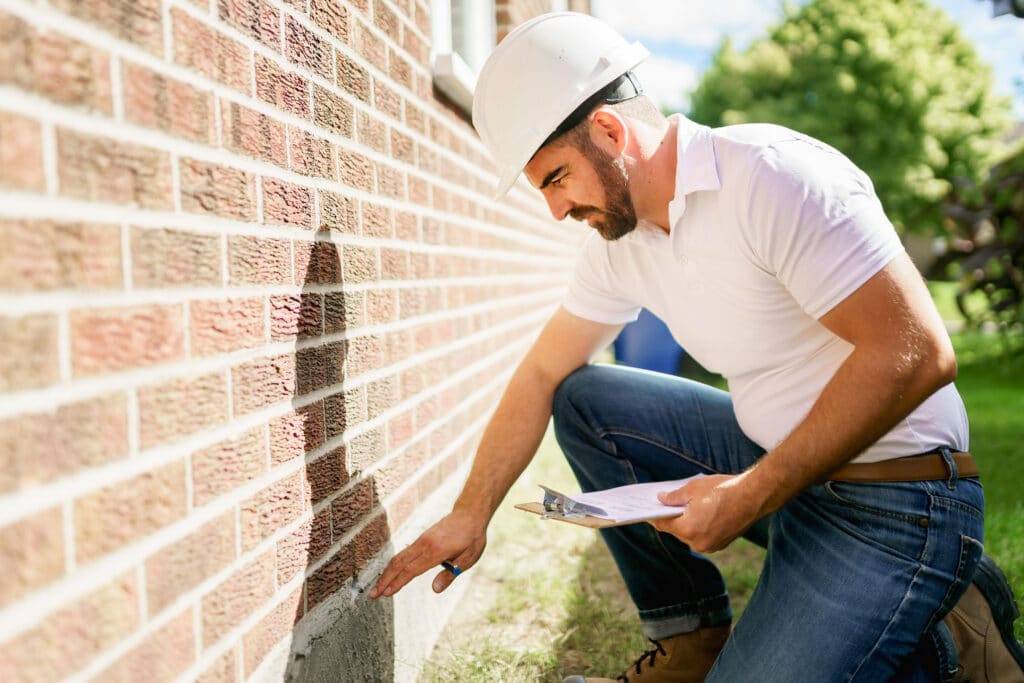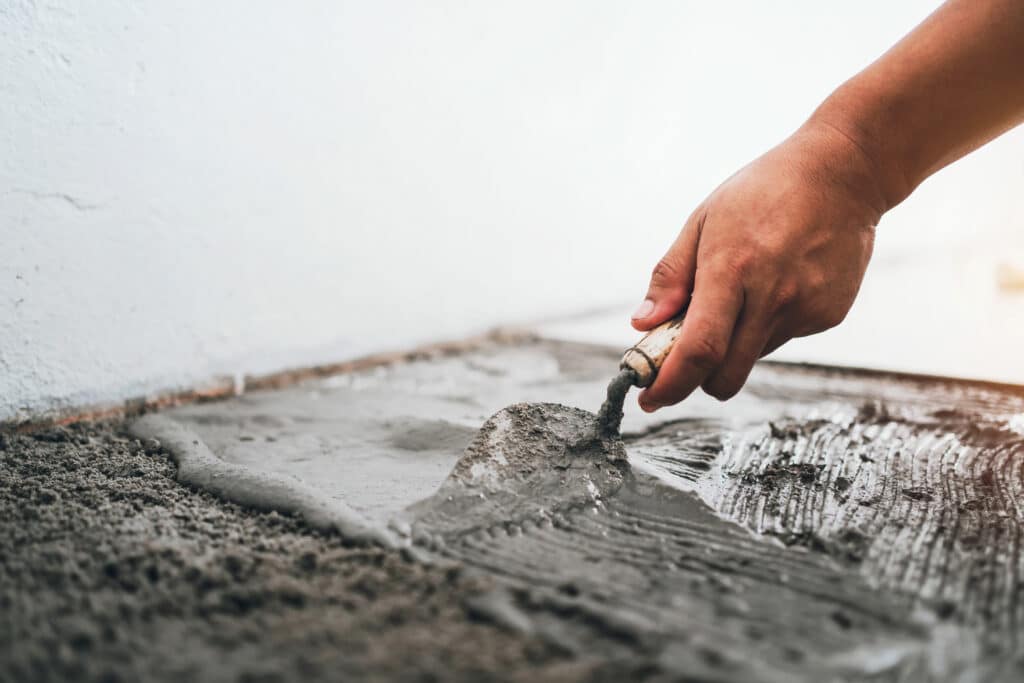Common Causes of Foundation Problems in Chicago
A home in Chicago might experience foundation issues for a variety of reasons. Some are unique to the local environment, while others are common nationwide. They include:
- Aging plumbing: The average Chicago home construction year is 1966. If you live in an older home, it's likely to have cast-iron plumbing. When the pipes start eroding, leakage could reach your foundation and even pool beneath it.
- Standing water: Standing water around your home can threaten your foundation's integrity, especially when it gathers in areas your gutters don't reach.
- Improper modifications: Roofing or landscaping work that wasn't completed properly could lead to your foundation settling.
- Topsoil Frost: When temperatures plummet, topsoil abruptly ices over and lower layers can't expand, pushing upper layers to heave and permanently damage infrastructure.
- Tree Roots: Tree roots can enter a home's foundation through crevices, and may create stress that causes your foundation breaking, pipes being damaged, and overall structural deterioration.
How to Choose the Best Foundation Repair Company
Your home's structural integrity weighs heavily on its foundation. It's crucial to hire the best team possible. Center your research on these qualities:
Licensing and Experience
Illinois doesn't issue contractor licenses at the state level, but larger cities in the Land of Lincoln will usually have their own licensing requirements and exams. We recommend contacting your local government office for more information before you begin your company search. To further understand your contractor's experience, we recommend asking questions about how its team will draft plans and pull permits, what local codes apply to your project, and how the company inspects foundations.
Contractor websites are excellent places to do your research. Typically, a business will show how long it's been operating. It might also upload blog posts to assist interested parties.
Customer Reviews
When you're researching a company's credibility, head to its Better Business Bureau (BBB) profile. There, you can find its "letter grade" rating and a list of customer reviews, both complaints and positive experiences. Remember that negative feedback doesn't necessarily mean a contractor is unqualified. The BBB shows how companies resolve complaints. A proactive team that aims to achieve excellent outcomes is a good one. Avoid a company if you don't see clear communication about problems.
Foundation Repair Cost in Chicago
The price of foundation repair can range widely depending on the degree of the issues and what's necessary to resolve them. For minor foundation cracking and settling problems, you may pay as little as $1,800. However, if there is substantial damage, the normal cost lands at about $3,000. More involved projects involving digging, helical piers, or major mudjacking could cost upwards of $6,900. This table shows the average foundation repair costs for common issues.
| Common Foundation Repair Services | Average Cost |
|---|---|
| Crack Repair | $357 |
| Leak Repair | $2,881 |
| Stabilization | $4,999 |
| Underpinning | $1,368 |
| Waterproofing | $3,184 |
Ready to Get a Quote on Your Foundation Repair Project?
Please enter a valid 5-digit zip code!
Frequently Asked Questions About Foundation Repair in Chicago
How much does foundation repair cost in Chicago?
What's the time to complete a typical foundation repair job?
What preventive measures can I take to avoid foundation issues?
- Make sure your home's gutters and downspouts are properly installed and direct water away from your foundation to avoid water accumulation.
- Irrigate the soil around your foundation consistently, especially during dry spells, to prevent shrinking and expansion.
- If possible, grade the soil around your home to angle away from your foundation, promoting water drainage and reducing the risk of foundation issues.
- Check your foundation for signs of damage, and repair any issues immediately.
What are some "red flags" indicating a foundation company to avoid?
To share feedback or ask a question about this article, send a note to our Reviews Team at reviewsteam@thisoldhousereviews.com.
More Foundation Resources
National Foundation Repair Ranking Methodology
Sources
U.S. Census Bureau (American Communities Survey)
















